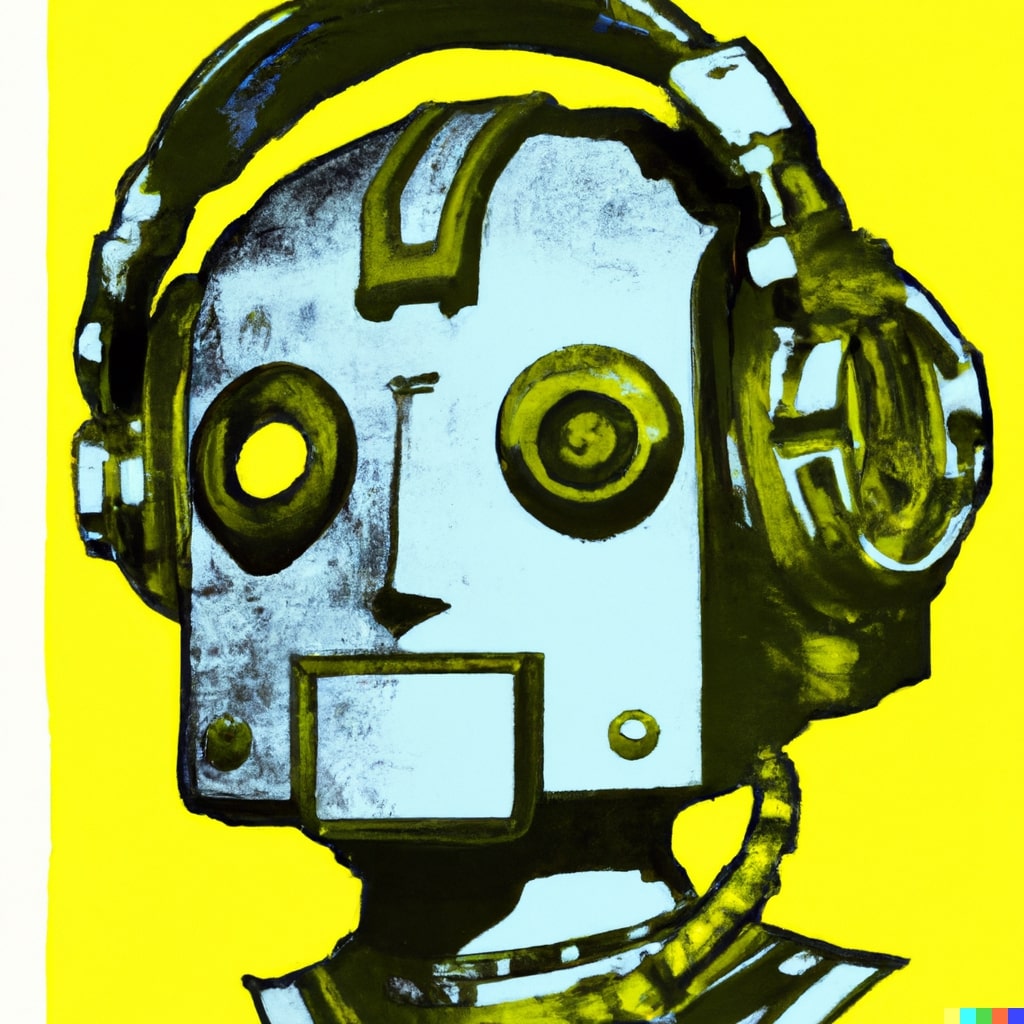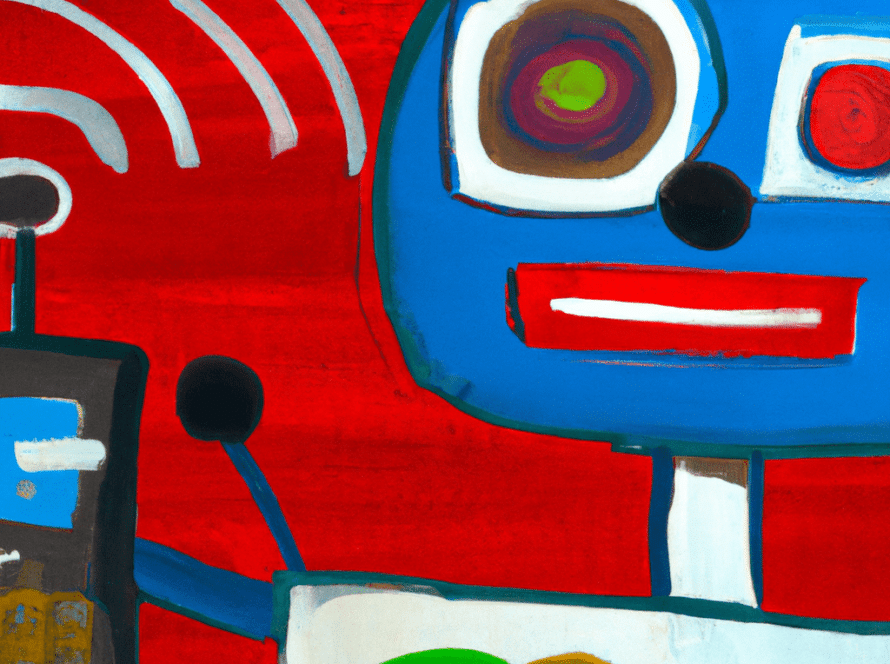This blog is one in our series surrounding some of the more general AI topics. These are not directly related to Conversational AI, but make interesting reading.
There has long been a fascination with human-like robots in science fiction. Automated labour has fuelled both utopian hopes and dystopian fears of out-of-control machines destroying societies. Could such robots improve human lives by automating arduous and routine labour to free us from drudgery? Or do the risks outweigh the benefits? With recent advances in robotics and artificial intelligence, these questions may soon no longer be hypothetical.
Late last month, at Tesla’s AI Day 2022, tech billionaire Elon Musk unveiled Optimus: a walking humanoid robot powered by AI technology. Presumably named after the Transformers character Optimus Prime. It’s likely that Tesla’s new robot aims to compete with rival companies such as Boston Dynamics. Tesla plans to eventually make Optimus commercially available, announcing that the current target is to sell the robot for $20,000 by 2027.
Tesla’s Optimus robot at Tesla’s AI Day 2022. Source
At the event, Optimus was capable of walking onto the stage under its own power, before waving towards the audience and pumping its arms. The robot uses the same core AI system that is used to control Tesla’s self-driving cars. According to its specification, Optimus weighs in at 73 kilograms, is capable of carrying 9 kilograms and can move at approximately 5 miles per hour.
Use cases
Optimus’s initial use cases will likely be confined to the relatively controlled environment of a Tesla factory, where the company plans to use the robot in the manufacturing process. An early use case could see the robot carrying parts to more conventional assembly line robots.
However, Musk was confident that “the number of situations where Optimus is useful will grow exponentially” with grand claims that the robot could eventually lead to the “end of poverty” and power a “quasi-infinite” economy. Though, with Musk and Tesla’s previous track record (Musk also claims he will reach Mars by 2026) it might be wise to take these claims with a pinch of salt.
Nevertheless, for a robot constructed in around only eight months, Optimus is a promising advance for humanoid robots. And while carrying around boxes in a factory might not be the most imaginative of jobs, it represents a proof of concept for a technology that could develop rapidly in the coming years. Likewise, a robot that can effectively navigate and move about in real-world conditions represents a significant leap forward for AI tech.
What could go wrong?
Obviously, the development of autonomous robots capable of performing human-like actions and tasks is going to spark anxiety about what happens if things go wrong or the technology is misused. Just recently, Boston Dynamics put out a statement pledging not to weaponize their robots. And earlier in the year a chess robot malfunctioned and broke the finger of its seven-year-old opponent.
For his part, Musk promises that Optimus will be equipped with some kind of external, manual override to shut off the machine. And, alluding to science-fiction writer Isaac Asimov, Musk claimed that the robots will eventually be “governed by some laws of robotics that you cannot overcome, like not doing harm to others”.
Are robots the future?
Between Boston Dynamics, Tesla’s Optimus and Xiaomi’s CyberOne, the competition to build a general-purpose, autonomous humanoid robot is heating up. As a result, robotic tech is likely to be here to stay for the foreseeable future.
Xiaomi’s CyberOne. Source
Xiaomi has taken a slightly different approach to Tesla, focusing more heavily on the software side. Their aim is to expand the ways in which their robot’s AI can interact with humans. According to Xiaomi, CyberOne is able to recognise 85 types of environmental sound alongside 45 classifications of human emotion. It seems probable that future robots will need advanced speech recognition and conversational AI systems to power their interactions with humans.
Building robots isn’t just a mechanical challenge, they require robust AI software both to navigate the world around them and to interact with humans. Even if the resulting robots don’t end up transforming the world as Musk hopes, the accompanying improvements in artificial intelligence will doubtless have wide-ranging applications, not least in our own arena – that of understanding language and processing language.
Sources
‘Tesla Reveals Optimus, a Walking Humanoid Robot You Could Buy in 2027’ (CNET, 2022)
‘Meet Xiaomi’s new humanoid robot, CyberOne’ (Tech Crunch, 2022)
‘Tesla Bot Optimus: Everything We Know So Far’ (Forbes, 2022)



A commentary on AI generated art